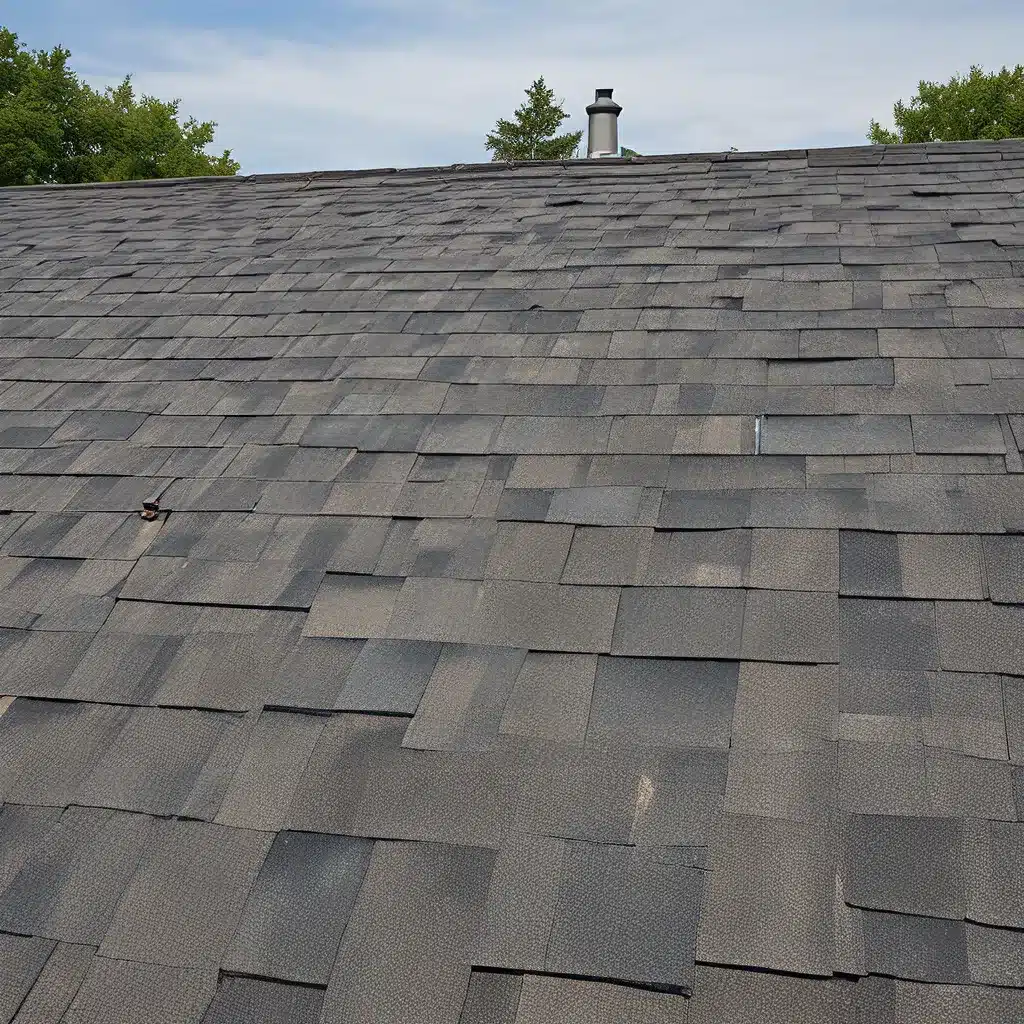
As a homeowner, the prospect of dealing with roof repairs or replacement can be daunting, especially when it comes to understanding the intricacies of insurance coverage. I’ve been there myself, facing the frustrations of deciphering the fine print and navigating the claims process. But over the years, I’ve learned a thing or two about making the most of your roof insurance and ensuring you get the coverage you deserve.
Understanding Actual Cash Value vs. Replacement Cost Value
One of the first things you’ll need to wrap your head around when it comes to roof insurance is the difference between Actual Cash Value (ACV) and Replacement Cost Value (RCV). These two terms can significantly impact the outcome of your claim, so it’s crucial to understand them.
Actual Cash Value is the amount your insurance company will pay to replace your roof, taking into account depreciation. So if your roof was 10 years old, the ACV would be less than the cost of a brand-new replacement. This can leave you with a sizable out-of-pocket expense to cover the difference.
On the other hand, Replacement Cost Value is the amount it will cost to replace your roof with a brand-new one, without deducting for depreciation. This is generally the more favorable option for homeowners, as it ensures you can fully restore your roof to its former glory without having to dig deep into your own pockets.
When reviewing your policy, pay close attention to whether it covers ACV or RCV for roof damage. And don’t be afraid to negotiate with your insurance provider if they try to lowball you on the payout – you deserve to have your roof replaced without breaking the bank.
Navigating the Roof Surfaces Payment Schedule
Another important concept to understand is the Roof Surfaces Payment Schedule, which is a policy endorsement offered by some insurance companies. This endorsement alters the way roof damage claims are calculated and paid out.
In a nutshell, the Roof Surfaces Payment Schedule divides your roof into different “surfaces” or sections, each with its own depreciation rate and replacement cost. So, for example, if your roof has a mix of shingles, tiles, and metal, each of those components would be valued and paid out separately.
The advantage of this approach is that it can potentially provide a higher payout for the damaged sections of your roof, rather than depreciating the entire roof as a single unit. However, the tradeoff is that it can also be more complex to navigate and may require additional documentation and negotiation with your insurer.
If your policy includes a Roof Surfaces Payment Schedule, I’d recommend working closely with your roofing contractor to ensure you’re maximizing your coverage and getting the most out of your claim.
Dealing with Storm Damage and Insurance Claims
When it comes to roof damage, one of the most common culprits is Mother Nature herself. Severe storms, hurricanes, and other natural disasters can wreak havoc on your roof, leaving you with a costly repair or replacement bill.
Property claims attorneys often see homeowners struggling to navigate the complexities of insurance claims in the wake of these storms. Key considerations include understanding the difference between ACV and RCV, as well as navigating any specialized endorsements like the Roof Surfaces Payment Schedule.
One important tip I’ve learned is to document everything meticulously. Take detailed photos of the damage, keep thorough records of all communication with your insurance provider, and be prepared to advocate for yourself every step of the way.
It’s also worth noting that some insurance companies may try to lowball you on the payout or even deny your claim altogether. This is where having a knowledgeable property claims attorney in your corner can be invaluable. They can help you understand your rights, negotiate with the insurance company, and ensure you get the coverage you’re entitled to.
Proactive Roof Maintenance: A Winning Strategy
Of course, the best-case scenario is to avoid major roof damage in the first place. That’s why I’m a big believer in proactive roof maintenance and regular inspections. By staying on top of small problems before they turn into big ones, you can potentially stave off the need for a full roof replacement down the line.
Veterans Choice Exteriors, a veteran-owned roofing company I’ve worked with in the past, recommends having your roof inspected at least once a year, preferably before storm season hits. This can help you identify issues like missing or damaged shingles, leaks, or other problem areas that need attention.
And when it does come time for a roof replacement, I can’t stress enough the importance of working with a reputable, experienced contractor. Look for a company like Veterans Choice Exteriors that specializes in exterior home improvements and puts the customer at the center of every decision.
The Importance of Patience and Persistence
Ultimately, navigating the complexities of roof insurance claims and replacement coverage requires a healthy dose of patience and persistence. It’s not always a straightforward process, and there may be bumps in the road along the way.
But I’ve found that by educating myself, documenting everything thoroughly, and being willing to advocate for my rights, I’ve been able to get the coverage I need to protect my home and my investment. And I encourage you to do the same.
Remember, your roof is a crucial part of your home’s structure and overall value. Don’t let insurance companies nickel and dime you or try to take advantage. Stand your ground, stay informed, and don’t be afraid to seek out expert help when you need it.
With the right approach, you can navigate the sometimes-murky waters of roof insurance and replacement coverage with confidence. And who knows, you might even find a bit of satisfaction in being your own fierce advocate along the way.